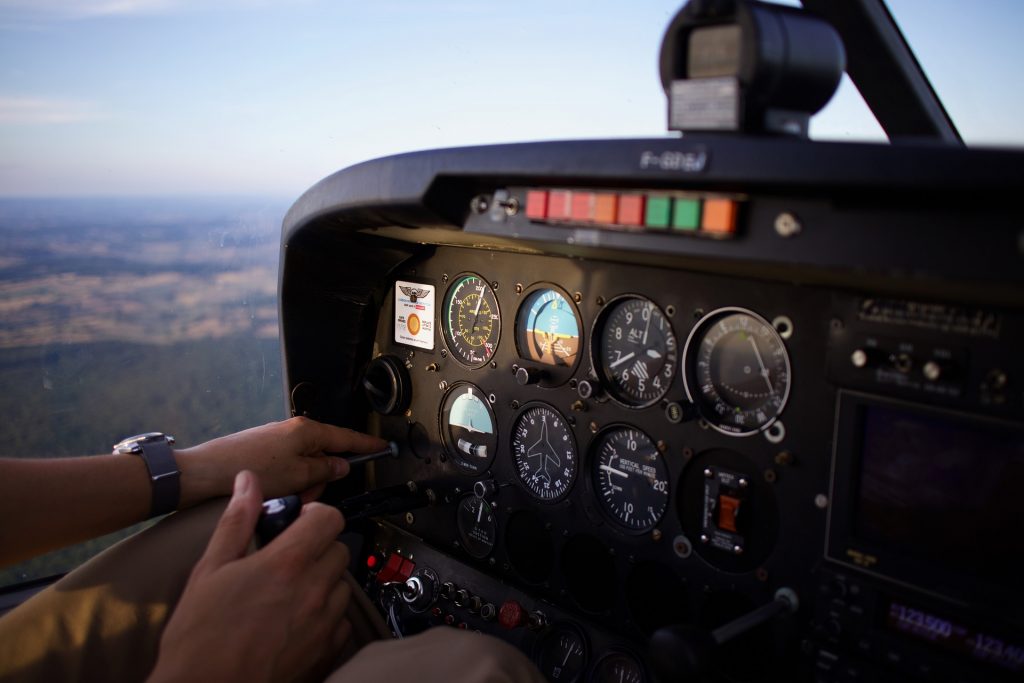Today’s flights have evolved exponentially, taking the pilot to extremes. The human being, from the moment he has the knowledge, has sought ways to make the jobs easier, breaking barriers such as flying like a bird, which was longed for since time immemorial. But the human body is not created to fly but to run or walk, so we will show the effects that spatial disorientation has on pilots.
Contents
The spatial disorientation
Firstly, we know that human beings by nature are predisposed to orient themselves, whether it is to know the location of their home, where to look for food or sustenance, which is why in navigation the stars were used to guide them to a safe place. With the passage of time we have lost skills, but likewise have gained others with which we must learn, one of them is flight.
As the human being is not an animal created to fly, our internal organs have special structures so that the human being can stand up and walk from one place to another even with a reduced degree of visibility. But when we alter the natural environment where we must live, we have unexpected consequences such as dizziness, lack of oxygen and especially spatial disorientation.
Spatial disorientation is the lack of recognition of a person’s position at a given time, either through the use of visual or vestibular systems. The vestibular system is one of the systems that are developed at a young age because with it we can regulate the balance, to be able to walk and with which we manage to locate ourselves in a specific place, this is conformed mostly by the ear.
When we alter the natural environment of the human being, that is to say, being on board an airplane, we can affect the abilities that the person has to locate himself, for which, the spatial disorientation (SD) we can define it as the inability that a person has to be able to orient himself with precision in relation to the surface of the earth or a specific point.
Types of spatial disorientation
There are 3 types of spatial disorientation, where depending on the severity of it, it has a number; which, we will explain below:
- Type I spatial disorientation: this type of disorientation is not recognized, the pilot acts normally reacting to false sensations he has about the attitude and movement of the plane, so he does not recognize that something is not normal.
- Type II spatial disorientation: this is the disorientation that the pilot recognizes; he knows that something is not right but he does not know that it is a problem of spatial disorientation.
- Type III spatial disorientation: this is the most dangerous disorientation where the pilot is disqualified, this is because the pilot recognizes that there is something wrong, but due to the sensory conflicts he has he cannot get normal flight restored, thus affecting decisions and potentially causing accidents.
How to prevent spatial disorientation
First, courses must be taken to know what spatial disorientation is, then the pilot must be trained to recognize and act on these sensations as they may occur, so that he can be effectively aware of the disorientation, which will make him follow the guidelines taught and recover the aircraft effectively, thus preventing any action that may cause an accident.
The main thing that is taught in these training is to trust the instruments, besides avoiding sudden head movements, and at night not being able to see the outside of the aircraft because optical illusions and eye movements may affect the flight.
What do you think about this topic? Do you think that nowadays there can be accidents due to spatial disorientation?
If you have any doubt or question you can contact us or write your query in the comments section below.
Image by Tistou Malta via Pixabay under Creative Commons license.
